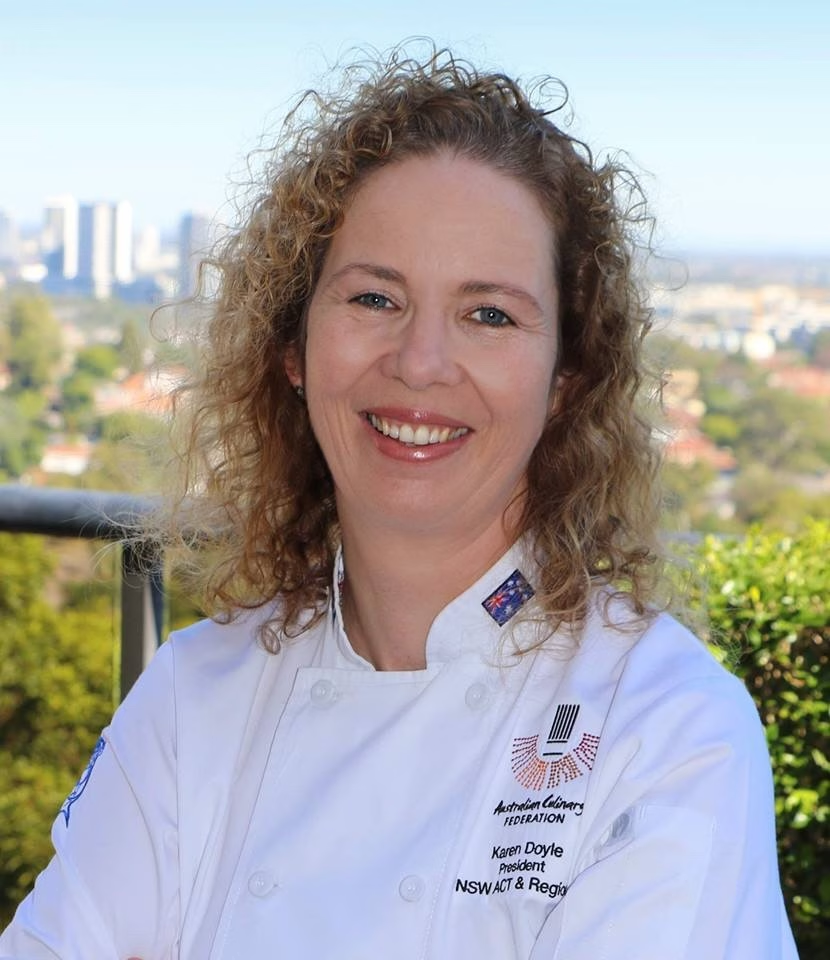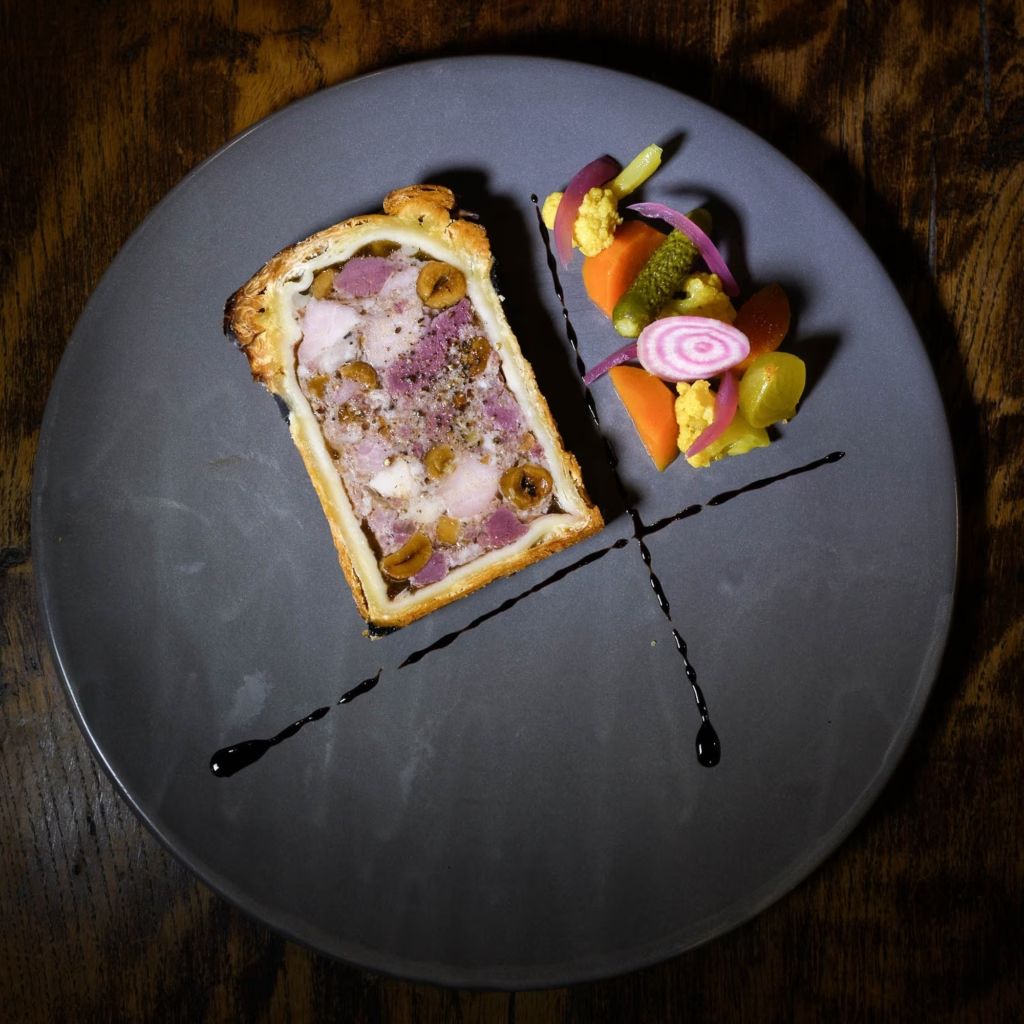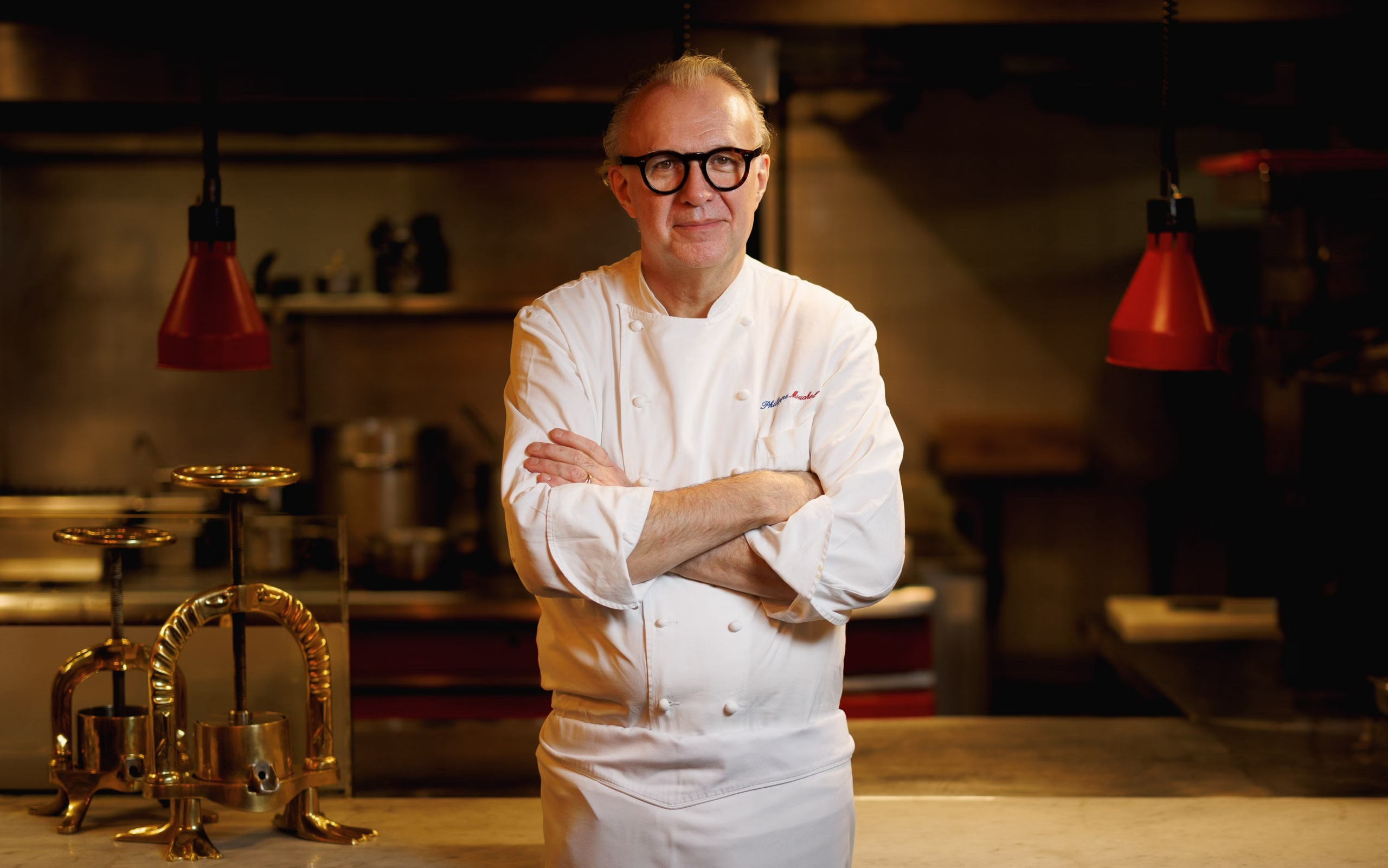Nose-to-tail dining, or cooking with the whole animal, has been a trend worldwide for some years now. But is it viable for restaurants to offer it, and does Australia even have the chefs with the traditional culinary skills to make it possible?
Ethical and sustainable
It’s easy to see the appeal of the concept of nose-to-tail. Using the whole beast honours the life of the animal by using all the parts usually thrown away, like bones, fat, skin, and organs.
Using these, along with secondary cuts, can offer great flavour at a lower cost, while ensuring a point of difference on the menu and providing diners with the opportunity to connect more deeply with the origins of their food.
As well as minimising food waste, creating dishes around secondary cuts lessens pressure on supply chains by diversifying demand beyond steaks and fillets. It can also build closer relationships between farmers and chefs, giving a truly satisfying ‘paddock to plate’ experience.
Old school techniques
In the past, nose-to-tail wasn’t a fad; it was a fact of life. Melbourne-based French chef Philippe Mouchel has fond memories of his early days learning from the iconic chef Paul Bocuse at his restaurant in Lyon, France.
“We received everything whole, and the chefs would spend the morning filleting and breaking down the meat, duck, chicken, fish, squab, everything,” he says. “I don’t know if they do it to this extent now, the restaurant industry has changed so much. Back then, nothing was portioned; now it is common to buy single cuts.”
Doing more with less
The reality of modern restaurants is that they can’t find – or afford to hire – enough chefs.
“We still cut our own wagyu and break down poultry, but we also buy fillets because we do not have enough chefs and I do not have the time,” explains Mouchel. “Even if I can find them, it is too expensive for restaurants like mine to employ more chefs, and now this month, there is another wage increase.”
Karen Doyle, President of the Australian Culinary Federation, agrees that the chef shortage and rising inflation are leading to less emphasis on traditional culinary skills. “You can understand why it is happening,” she says. “Everyone is trying to keep costs down, and labour is your biggest cost.”

Surging interest in paddock to plate
Currently, chefs are learning basic butchery skills as part of their Commercial Cookery Certificate III; however, Doyle says that national competitions – as well as international ones like the Worldchefs Global Chefs Challenge, IKA Culinary Olympics, and Bocuse d’Or – still require everything to be made from scratch without pre-portioned proteins.
“I think the exciting thing is that young chefs are very keen to upskill by attending micro-courses and masterclasses,” she says. “There is a lot more interest in paddock to plate skills, sustainability and minimising waste.”
Although today’s culinary training often prioritises efficiency, presentation, and modern techniques over hands-on butchery, this is driven more by the majority of hospitality employers who don’t require butchery skills, and probably don’t even have enough space back of house to break down, store and age meat.

There are a growing number of chefs, however, who are seeking out ways to reclaim traditional culinary skills and use them in competitions or at like-minded venues.
“Look at what is happening in Europe,” adds Mouchel. “Now there are competitions just for pâté en croute, or stuffed cabbage, or croissants. These require traditional techniques and exist because chefs want to keep up their skills. This is a great thing.”







